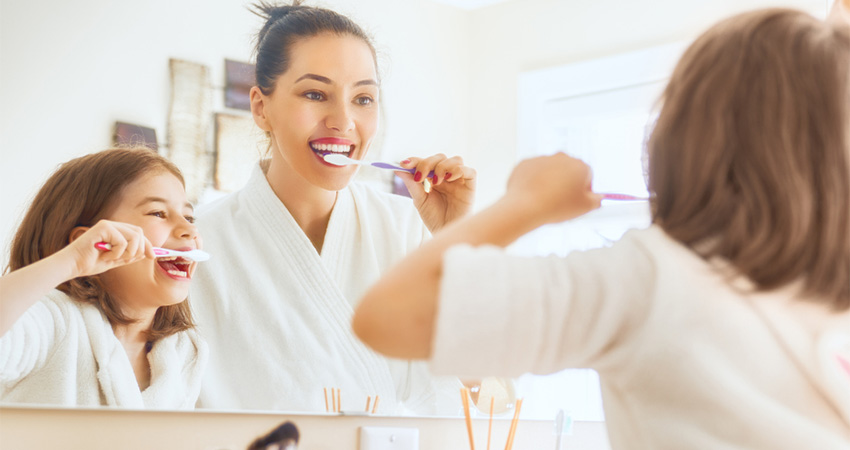
The Secret Lives of Toothbrushes: A Fascinating Journey into Oral Hygiene
Welcome to the enchanting world of toothbrushes, where these everyday heroes diligently care for our smiles. Join us on this captivating exploration as we delve into the functions of toothbrushes, trace their evolutionary path, and uncover the significance of brushing twice a day. Along the way, we’ll also delve into essential hygiene practices and interesting facts. Get ready to unlock the secrets behind this essential oral hygiene tool.
Toothbrush Evolution
Throughout history, toothbrushes have undergone remarkable transformations. From ancient civilizations using twigs and chew sticks to the introduction of animal hair bristle toothbrushes in 15th-century China, toothbrush design has come a long way. Today, modern toothbrushes feature nylon bristles and ergonomic handles, ensuring optimal plaque removal and efficient oral hygiene.
The Power of Brushing
The primary purpose of a toothbrush is to remove plaque, bacteria, and food debris from the teeth and gums. With carefully arranged bristles, toothbrushes reach into the crevices and interdental spaces, effectively dislodging plaque. The comfortable handle provides precise control during brushing, allowing for thorough cleaning and a refreshing oral sensation.
Brush Twice a Day for Better Oral Health
Brushing twice a day holds immense importance in maintaining optimal oral health. It aids in preventing tooth decay, gum disease, and bad breath. Regular brushing removes plaque, a sticky film of bacteria that accumulates on teeth, preventing it from hardening into tartar. Additionally, it stimulates the gums, promoting healthy blood circulation. By incorporating proper brushing techniques and utilizing fluoride toothpaste, we fortify the enamel—the protective outer layer of our teeth.
Toothbrush Hygiene and Care
Ensuring proper toothbrush hygiene is vital for maintaining oral health. To prevent contamination, store your toothbrush upright and away from the toilet, minimizing exposure to airborne particles. After each use, thoroughly rinse the toothbrush under tap water and allow it to air dry. Avoid covering the toothbrush, as it can create a breeding ground for bacteria. Remember to replace your toothbrush every three to four months or sooner if the bristles become frayed, ensuring optimal performance.
The toothbrush holds an esteemed position in our daily oral hygiene routine, playing a vital role in preserving our precious smiles. By understanding its evolution, and functions, and practising proper care, we empower ourselves to achieve and maintain excellent oral health. Remember, brushing twice a day, employing correct techniques, and prioritizing toothbrush hygiene are essential for a radiant and healthy smile.





0